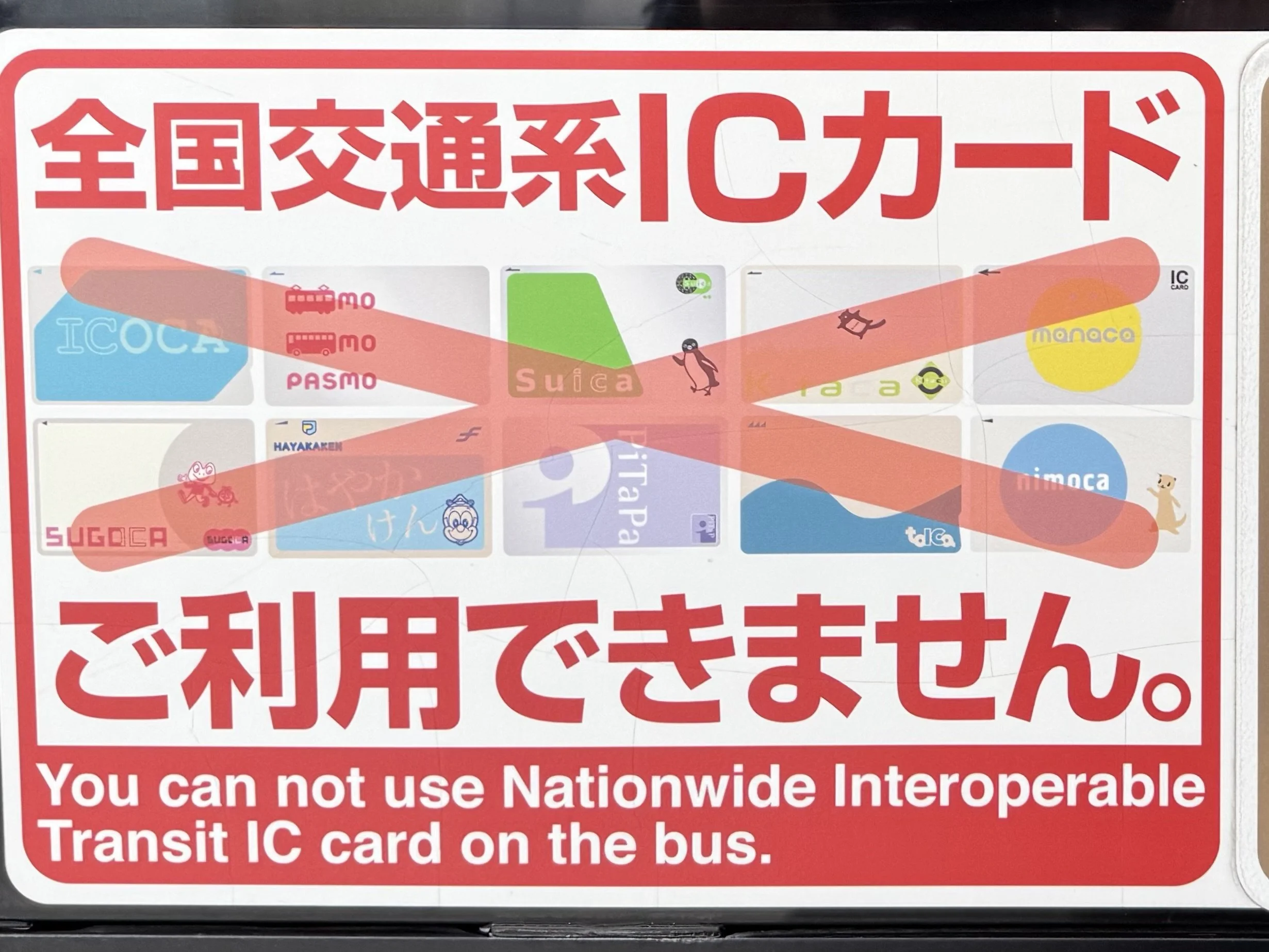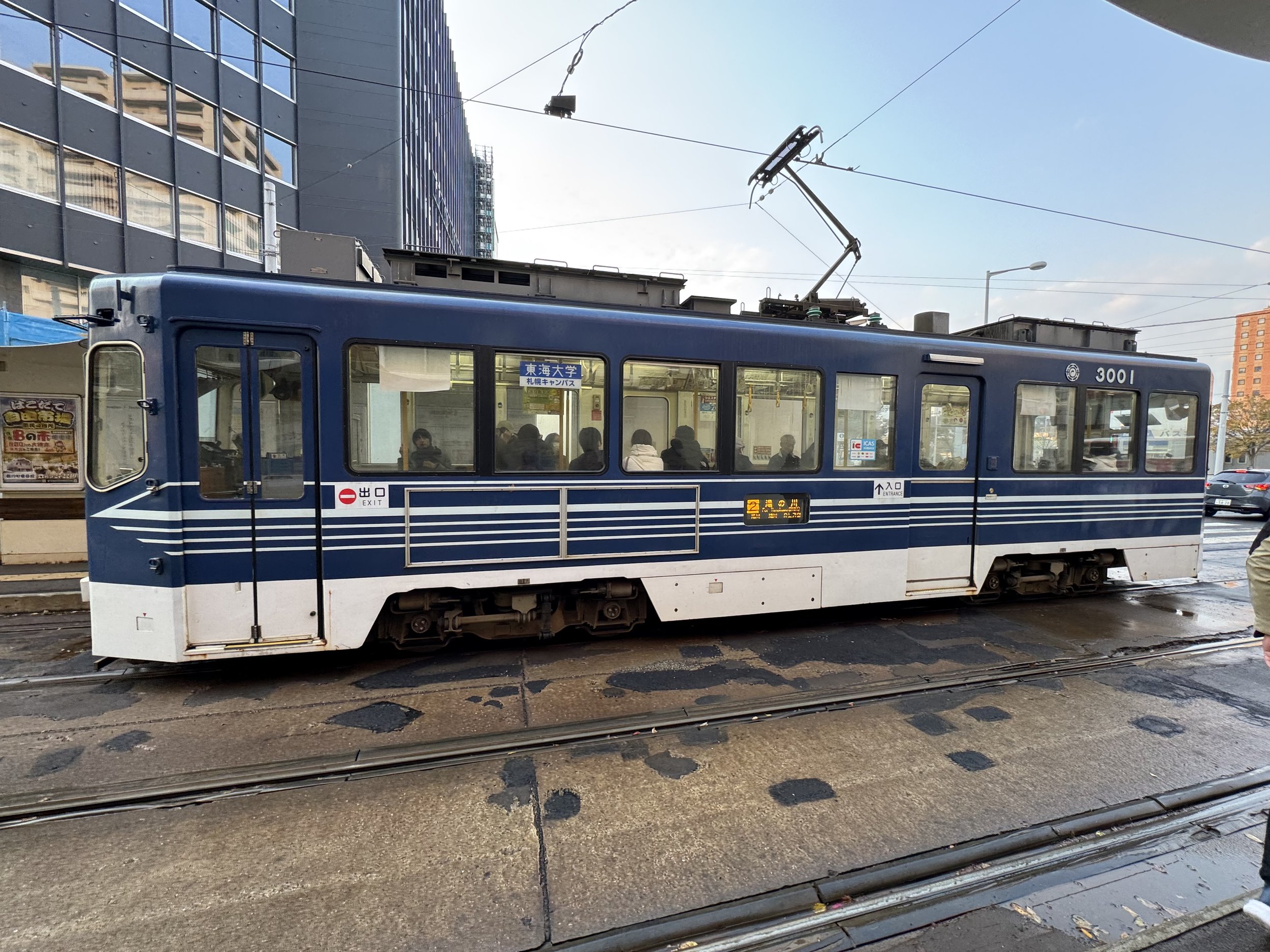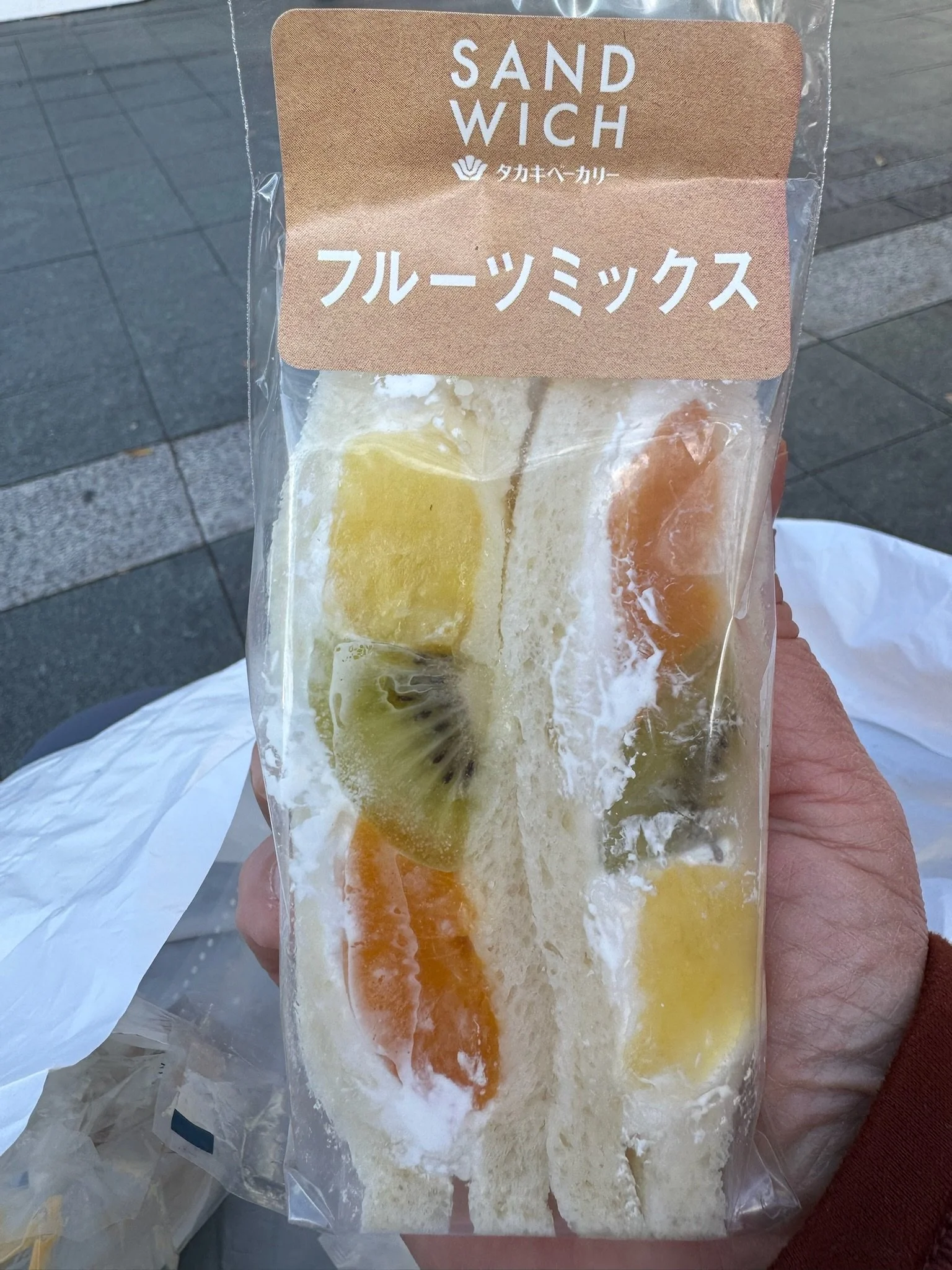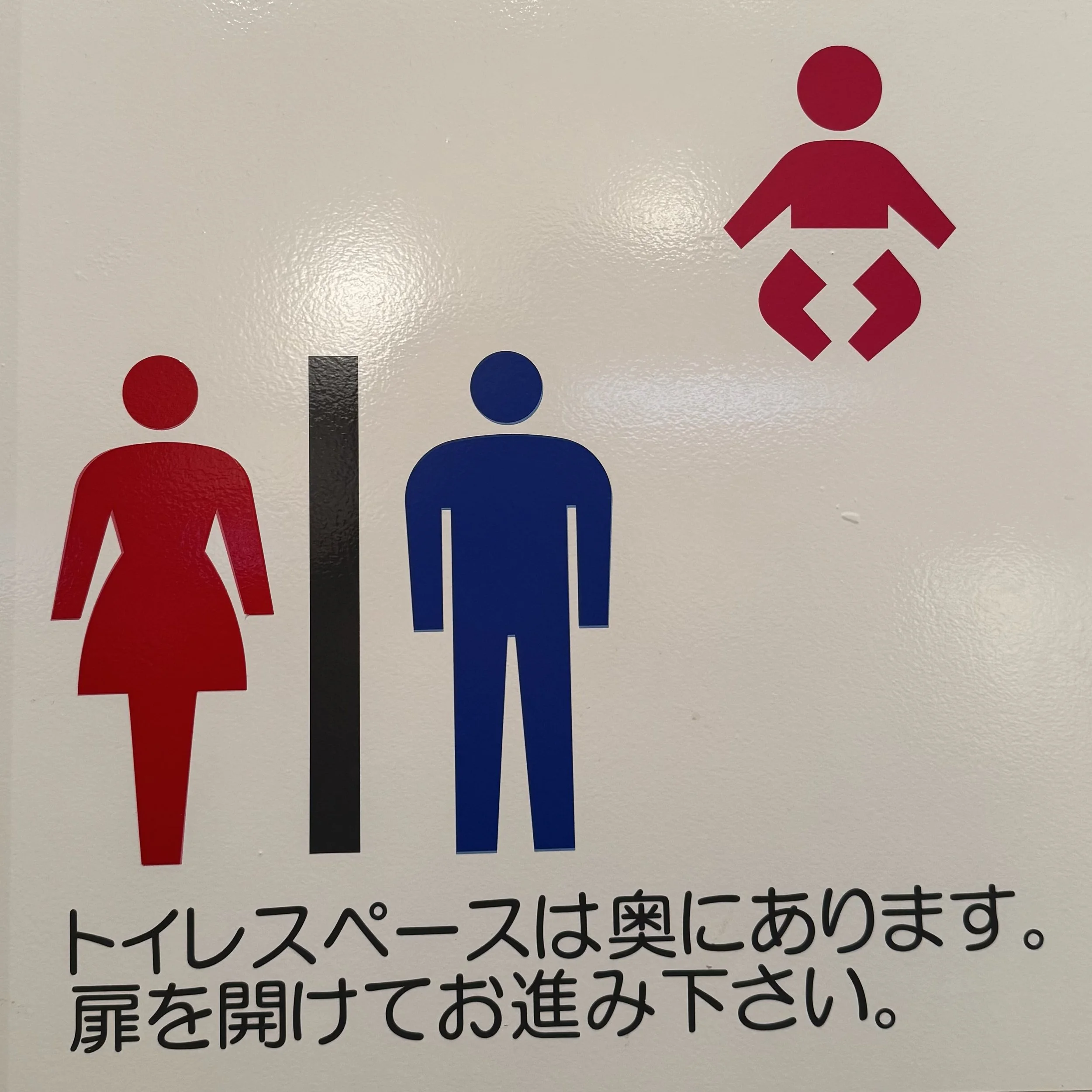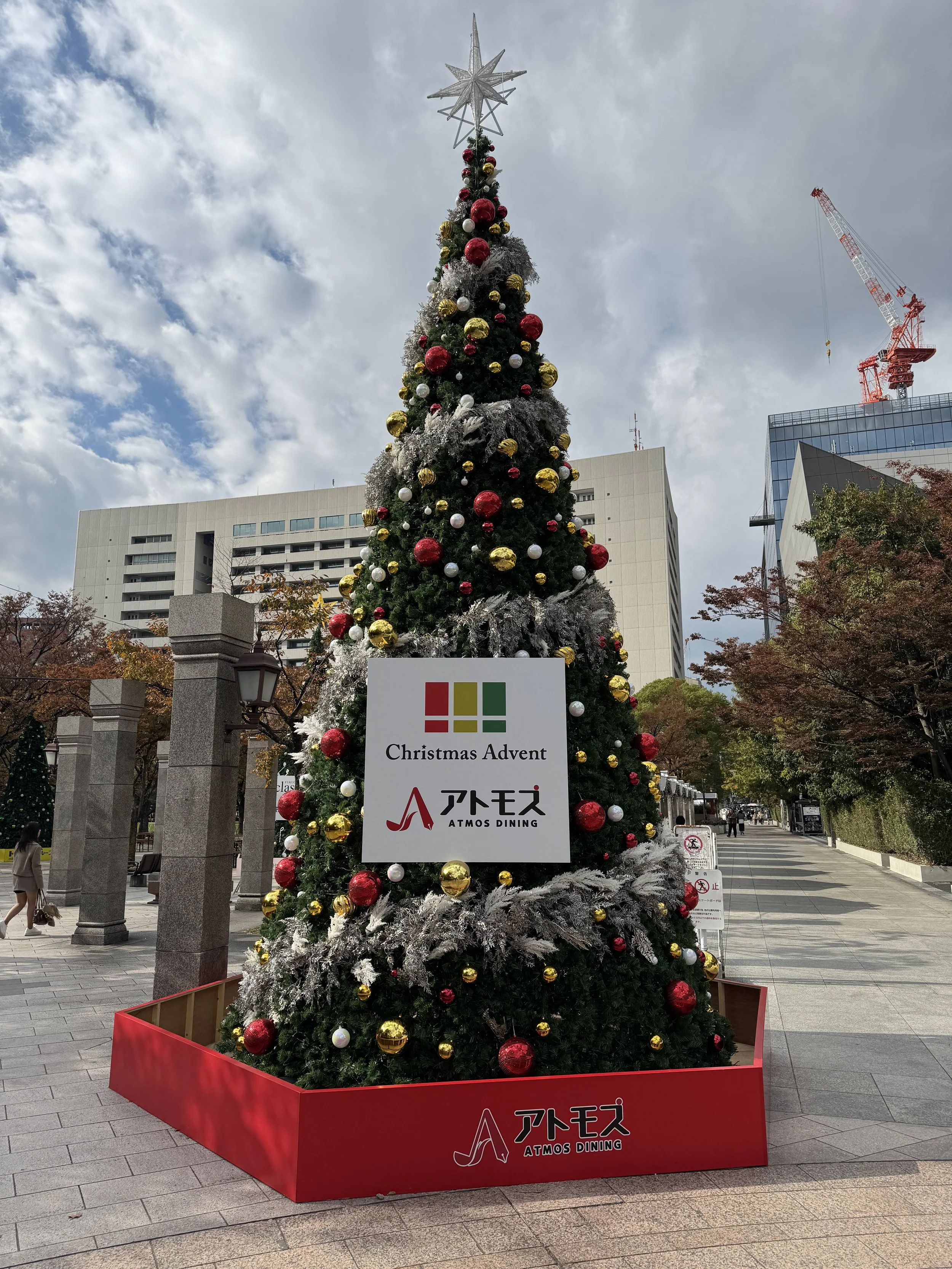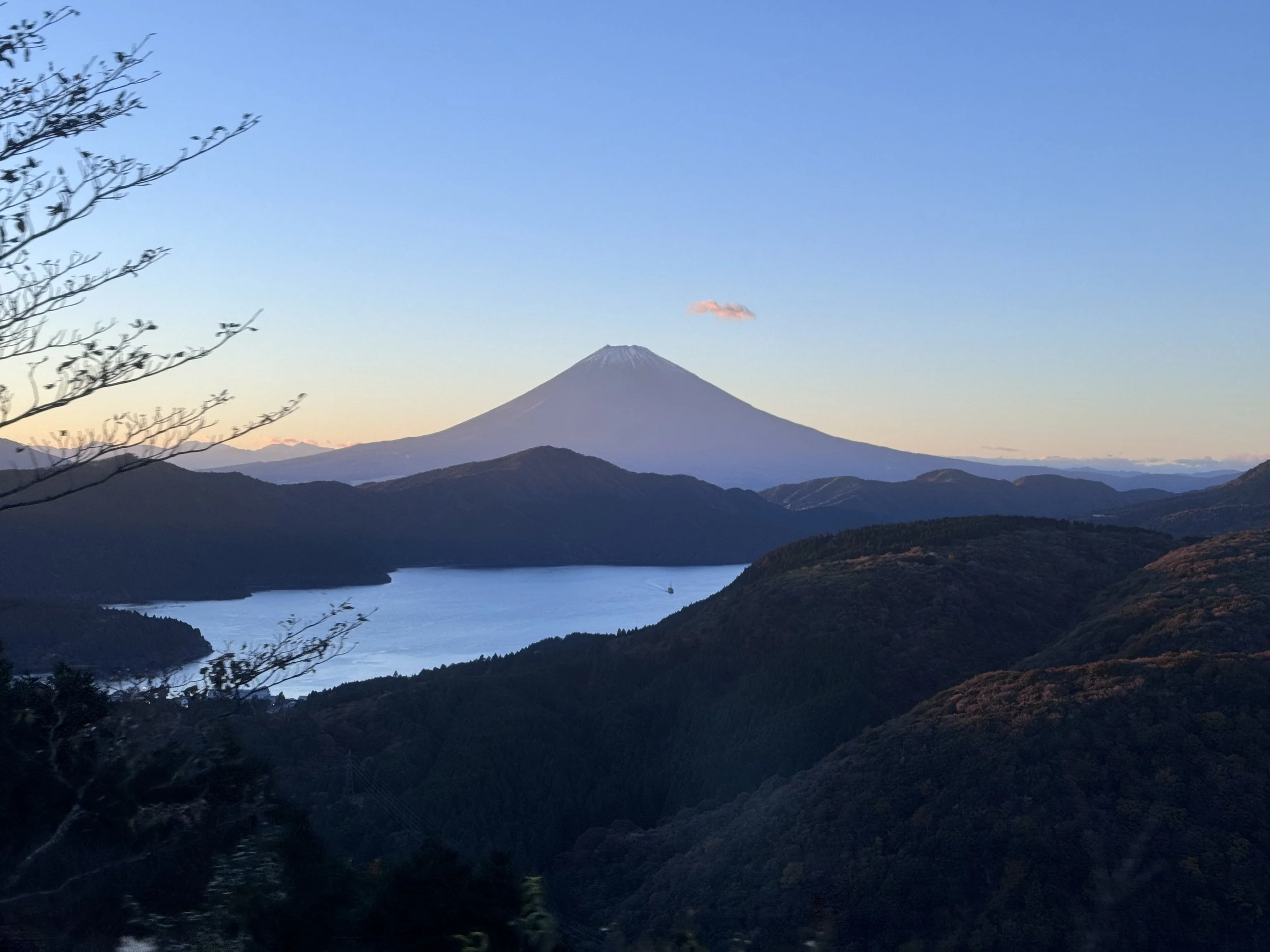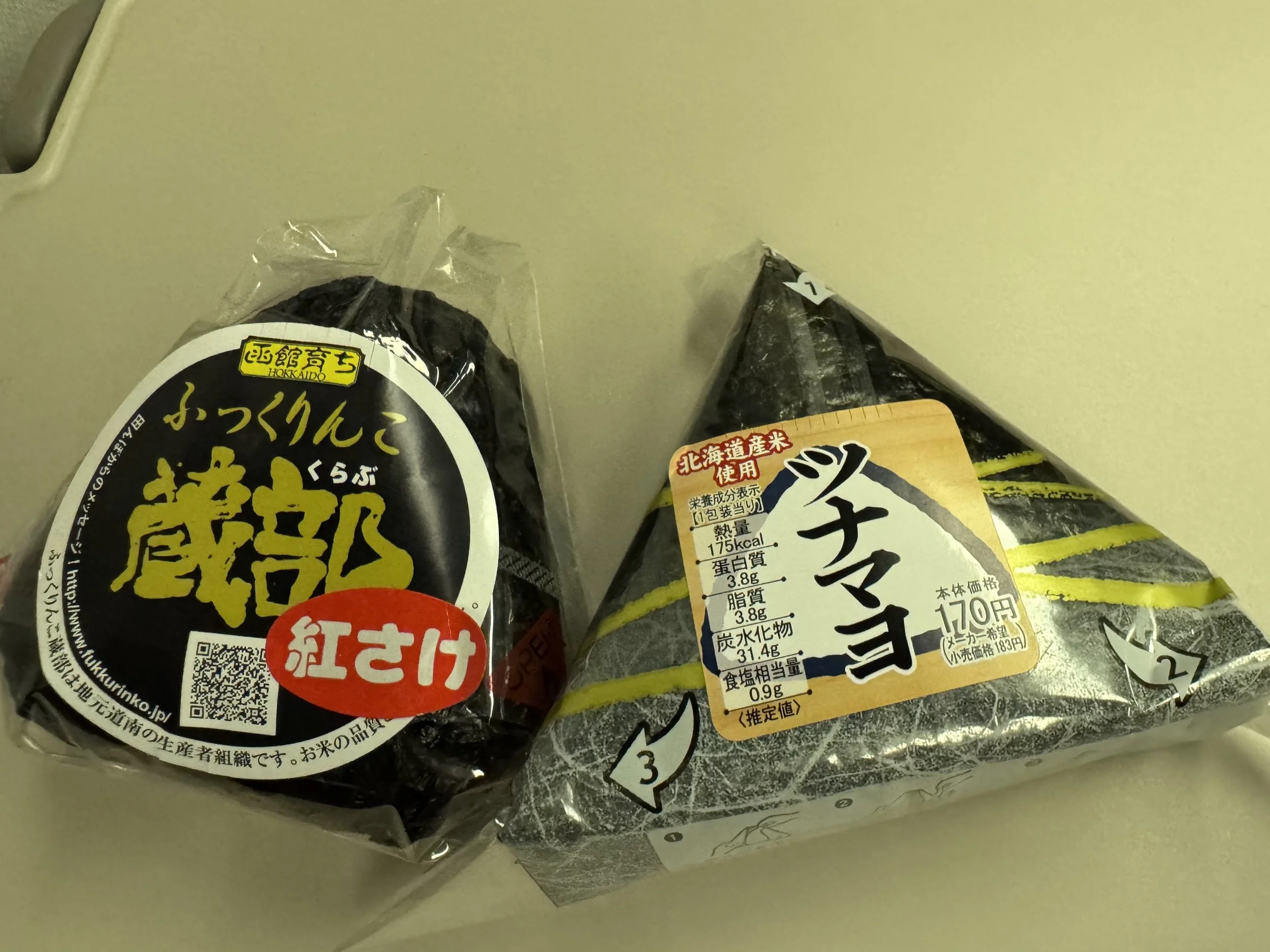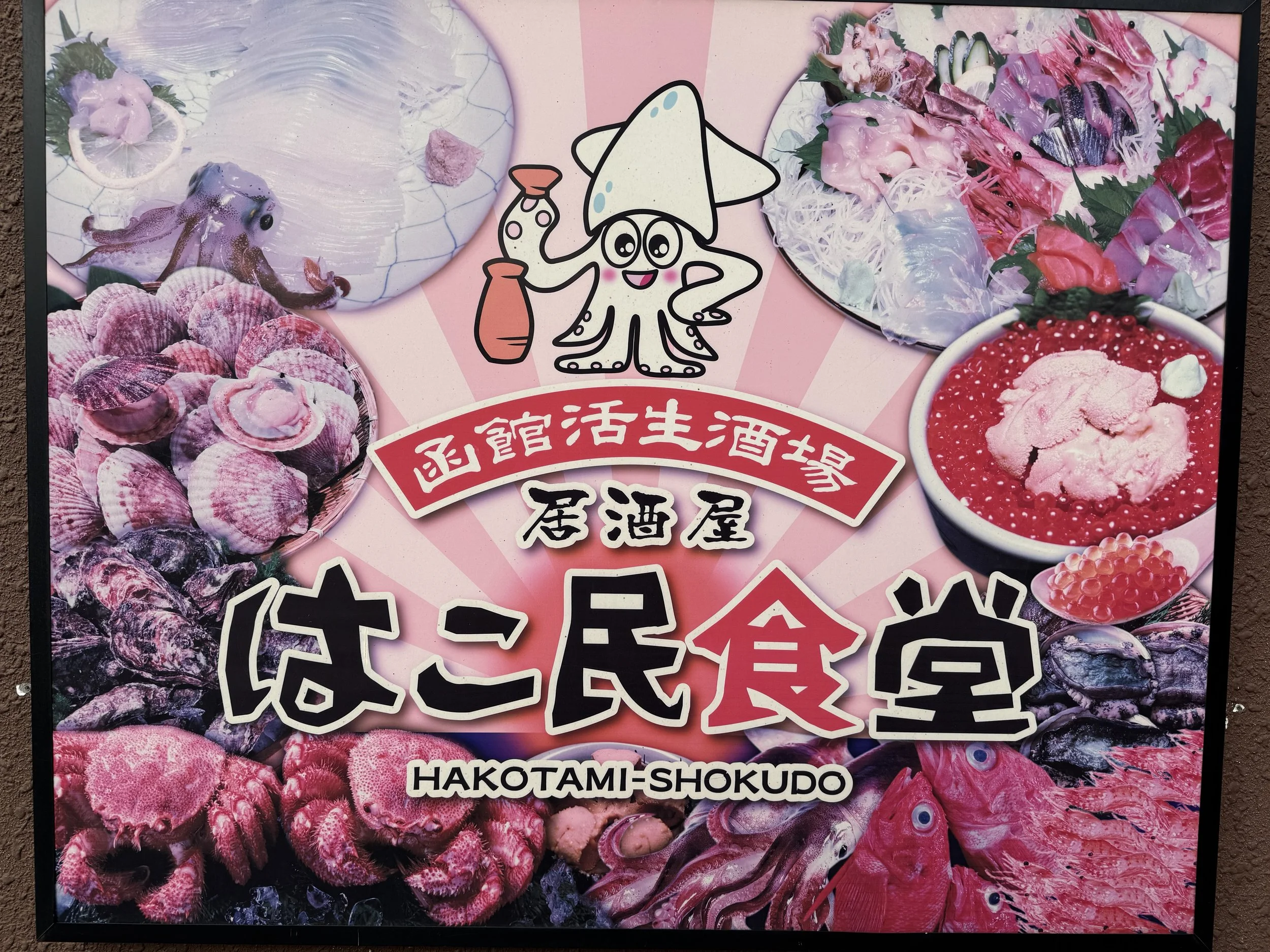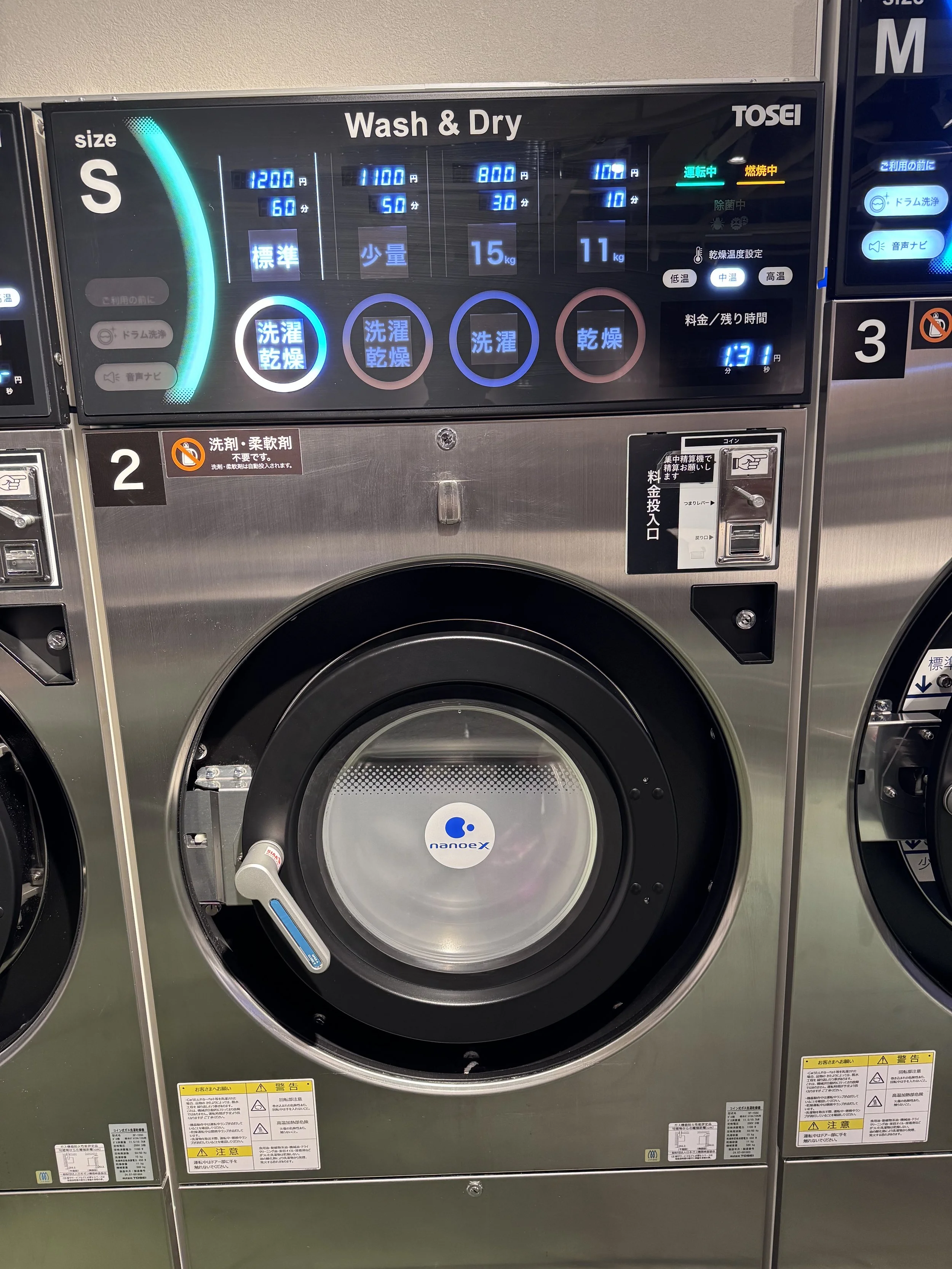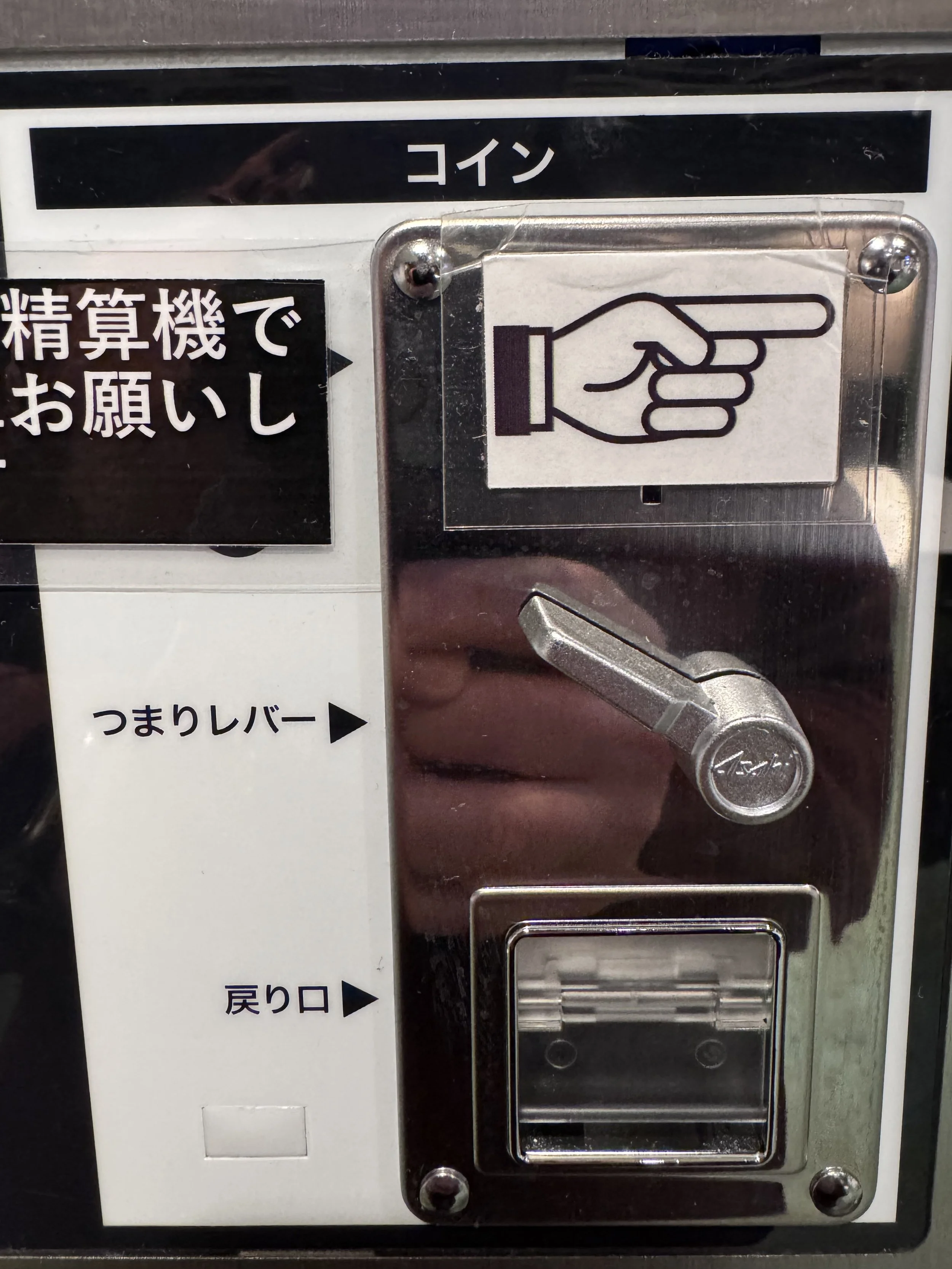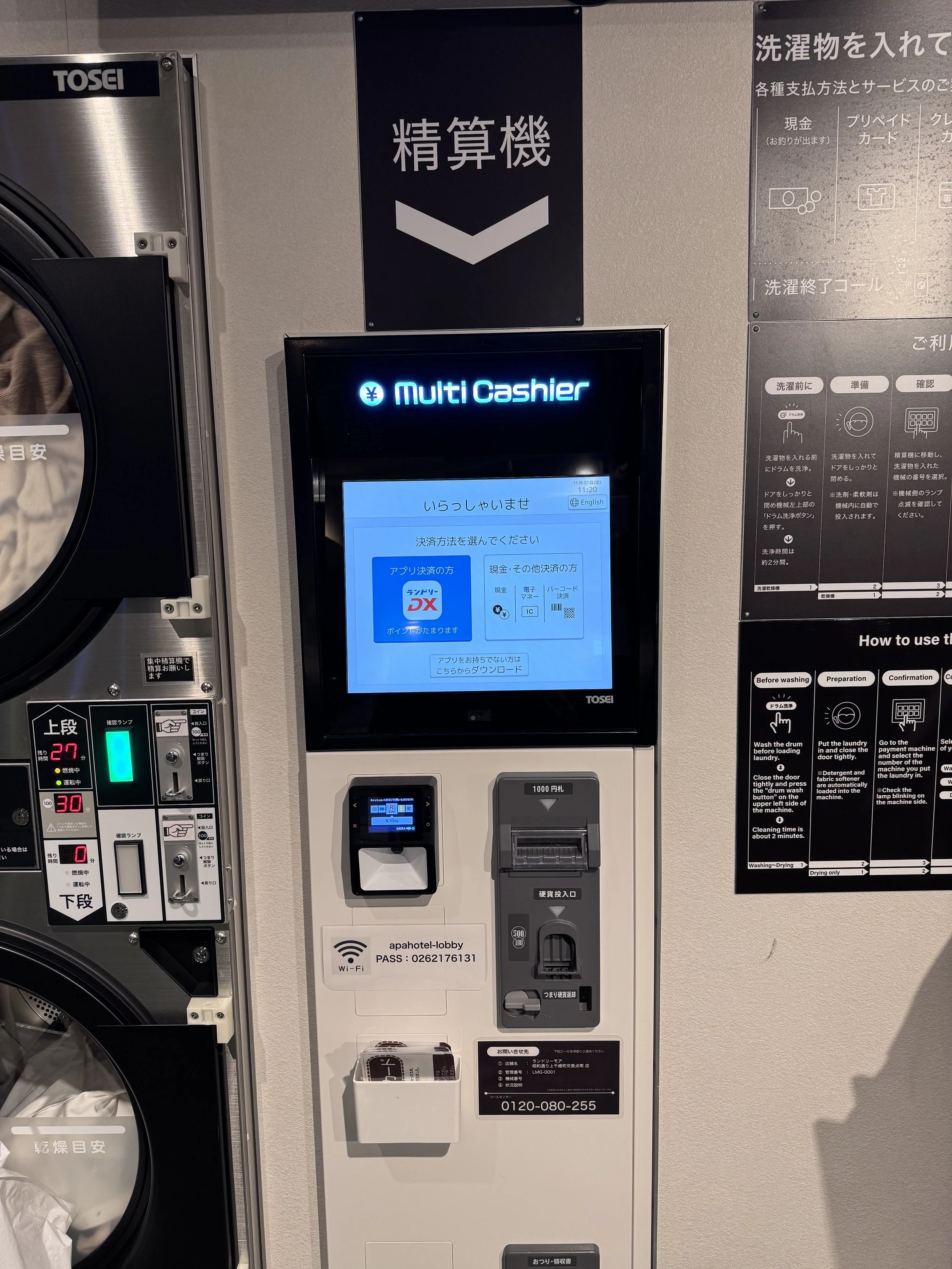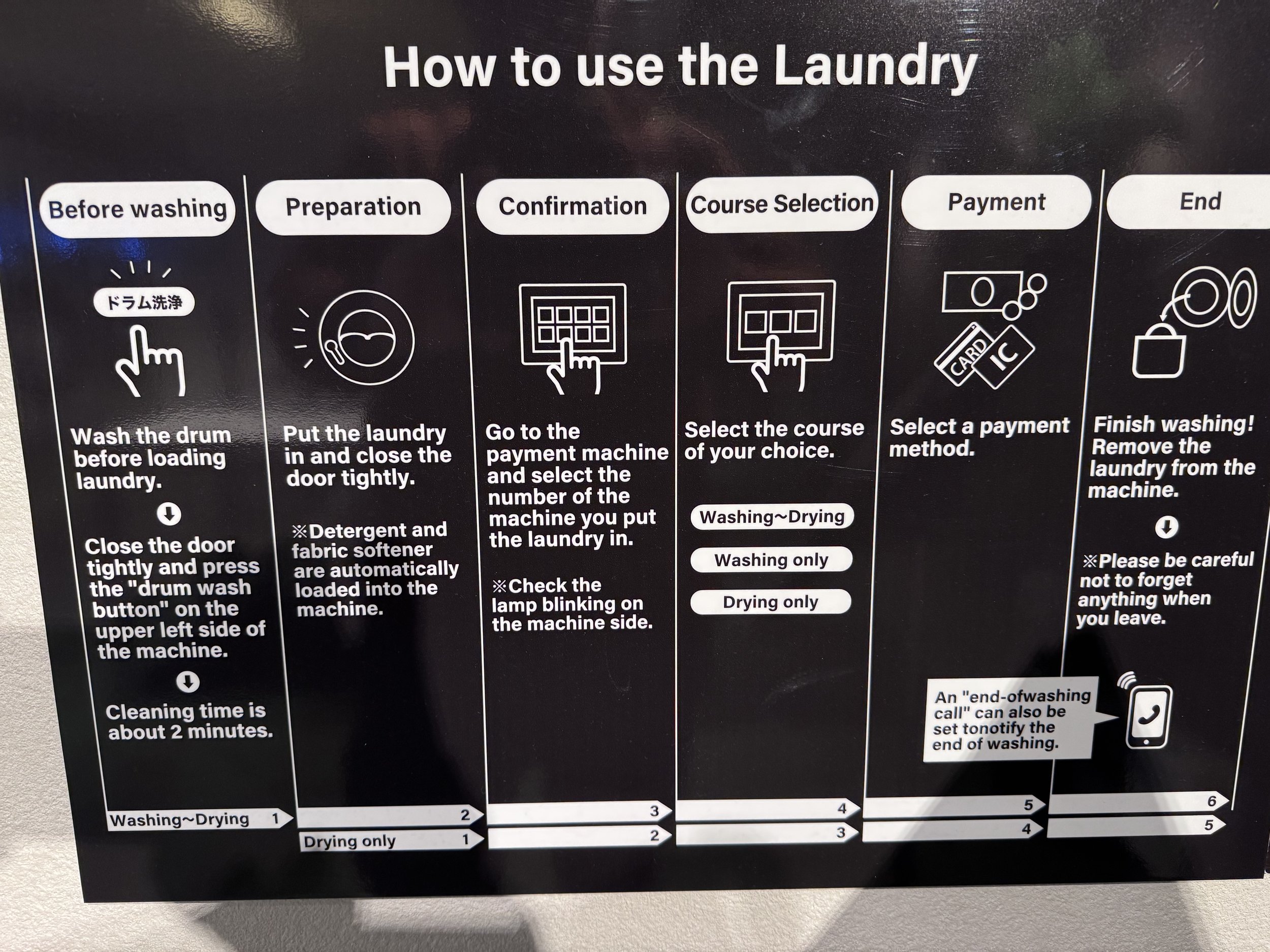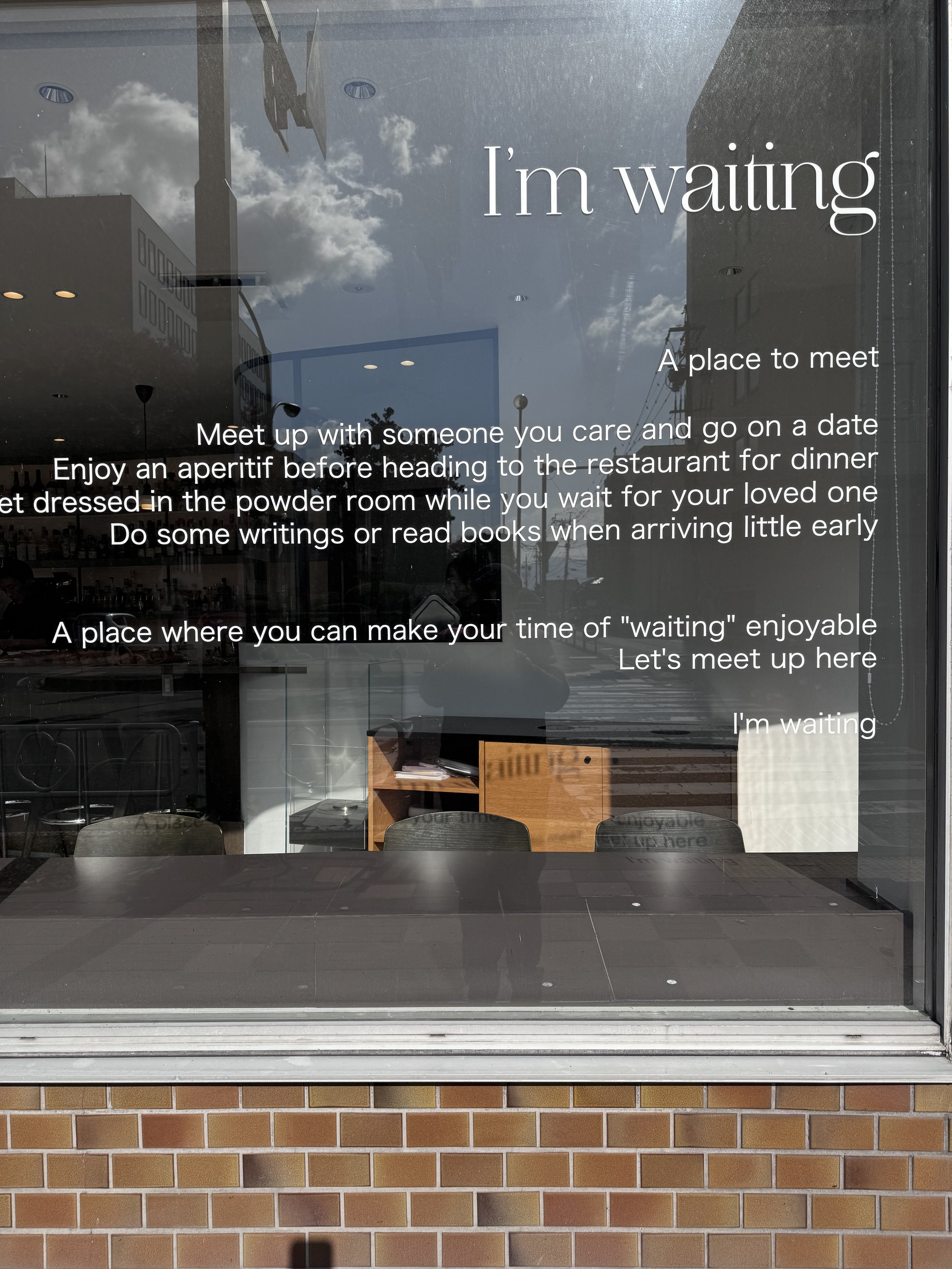Modern Sculpture Atop an Ancient Temple
There are many things in Japan that work staggeringly well. And a few that are bafflingly frustrating. Here are my observations after nearly five weeks in the Land of the Rising Sun.
IC Cards
So not Nationwide Interoperable then.
Japan has what is called the “Nationwide Interoperable Fare Card System.” There are dozens of different branded refillable fare cards called “IC Cards.” You can buy a physical card or you can have it stored in your virtual wallet on an iPhone or Apple Watch. (Sorry, Android not supported.) No matter which brand you have, it works on local trains and busses all over Japan (not on long distance trains, however) or so I thought until very recently. We are currently in Kanazawa and our Apple Watch IC cards, which have worked on every local bus and subway in Japan, don’t work here. Why not? No one knows. You can still pay with a phone or watch but you need to enable Express Transit for one of your credit cards. No big deal but we were unprepared the first time we rode the busses here and ended up needing to pay cash when we got off the bus. I didn’t have exact change and the fare box doesn’t make change. However, next to the fare box is a change machine, so no worries.
To make it even more confusing, the IC cards DO work on some of the busses in Kanazawa, those run by the Japan Railroad (JR) but not the regular local buses.
Public Transport
Public Transit goes everywhere.
Public transport is reliable, cheap, and frequent here. We have yet to find a place we want to go where there wasn’t a train, bus, or streetcar leaving in the next 10 minutes. We’ve never even considered taking a taxi or ride-share here. Every one of these runs on a posted timetable and leaves at the appointed time on the dot. Just once, a train we were taking was three minutes late. People were looking up and down the track as if the world was coming to an end. The loud speaker on the platform blared out an apology and then, the train pulled in.
Trains
The intercity trains in particular are a joy to ride. Clean, fast, and virtually always on time.
What doesn’t work so well is online booking of tickets. It is pretty easy to book train tickets from a machine in the station but I like to book online where I can study all the options and add the tickets to our IC cards and avoid having to deal with paper tickets. However, there are multiple train companies in Japan, which operate different lines and if you are traveling across lines, you can’t book your tickets on a single site. If you book using multiple sites it costs more than booking all at once in the station. But if you book at the machine in the station, you can’t put the tickets on your IC Card, you are stuck fumbling with paper tickets. We’ve had as many last three tickets each for one trip and each of those ticket has to be fed into the fare gate and fetched out again on the other side of the gate.
Snacking
If you haven’t had your servings of fruit today, try a fruit and whipped cream sandwich — part of a nutritious breakfast!
It seems you can barely go 100 meters here without seeing a convenience store (combi). Combi are great places to find kosher snacks like egg or tuna salad sandwiches, rice balls filled with salmon or pickled plums, and ice cream.
But good luck finding a place to eat.
Eating while walking is a big no no. It is considered very rude and ill mannered. However, there is rarely anywhere to sit down. Almost no benches or seats anywhere. Eating or drinking on public transport is prohibited, though you can eat on long-distance trains.
You might sit on the ground but that is also considered very uncouth. So you might be reduced to huddling in the door way of a 7-Eleven and eating standing there. Somehow, that is ok. And make sure to always carry a bag with you for your trash. There are no trash cans anywhere. Notwithstanding, the streets are immaculately clean. We have had pretty good luck looking for a green square on the map and finding a tiny park. Often there will be a bench there and sometimes it will be available to sit on.
Washing Machines
Most hotels have a laundry room and machines that wash and dry all in one. The cost is often around $4.00 to wash and dry, and that includes soap. However, the cycle is around two hours, at the end of which the clothes are still wet. It takes an extra hour of drying time (an extra $1.50) to get the clothes to just a bit damp. On the positive side, you don’t need to worry about heat damaging your clothes. There isn’t much heat.
The Five Yen Shopping Bag
Every time you buy anything here they ask you if you want a bag. If you say yes, there is a five yen charge (about 3 cents). The idea is to reduce waste. Great! Yet every food item and everything else comes wrapped in layers of plastic. A meal from the grocery store results in mountains of plastic waste. I have no idea where it all goes.
Public Toilets
Wash room signage is absolutely uniform throughout Japan. The lady is always red and the gent is always blue.
There are toilets everywhere. They are capacious, sparkling clean, and free. There are public restrooms in train stations, parks, subway stations, and randomly on various streets. Your bladder enjoys Japan stress free. But as with other amenities in Japan there are quirks. Many restrooms have no soap for washing your hands, and almost none have towels or any way to dry your hands. Fortunately, I brought a bottle of Dr. Bronner’s and a small hand towel, both of which I keep in my day bag. As a side note, I can report that some Japanese men, like Americans, aren’t always assiduous about washing their hands after using the powder room.
Easy Money
It is easy to pay for things in Japan. Almost every shop, restaurant, train, or bus, takes cash, credit card, or an IC Transit Card. And they take every credit card or debit card you can think of. Many shops have machines you can insert your bank notes or coins into to pay and they give you back change. Many of these machine take every coin all the way down to 1 yen. So it’s easy to get rid of the small nearly worthless coins. Every once in a while there is an establishment like a temple or a small restaurant that only takes cash but we’ve found that to be very rare. Every convenience store has an ATM so you don’t need to worry about running out of cash. Needless to say, at every check out there is just one line for all registers so you never have to guess which line will move the fastest. First in, first out. It just makes sense.
Walking
Japan is super walkable. Buses go everywhere but we rarely need them unless we are carrying our luggage or going more than a few kilometers. Cars here drive on the left side of the road so you’d think that walkers and bicyclers would stay to the left as well. You’d be wrong. People seem to walk or bike on every side of the sidewalk with little rhyme or reason. Some of it is western tourists who gravitate to the right but not always. Japanese people, who seem so methodical about other public behaviors, walk on either side indiscriminately. When the sidewalk is crowded, which it often is, there are a lot of near misses. Bicyclists are also often on the sidewalks and they weave in and out among pedestrians. Still, I haven’t seen a single collision.
Less than 2% of Japan’s population is Christian yet Christmas trees (and Christmas music) are everywhere.
But on the whole, Japan functions incredibly well. I have often found myself thinking, “Why don’t we want our country to work this way? Fast trains, clean streets, walkable cities, toilets when you need one — who wouldn’t want that? I guess we have our reasons:
The world’s a narrow bridge; fear nothing.

